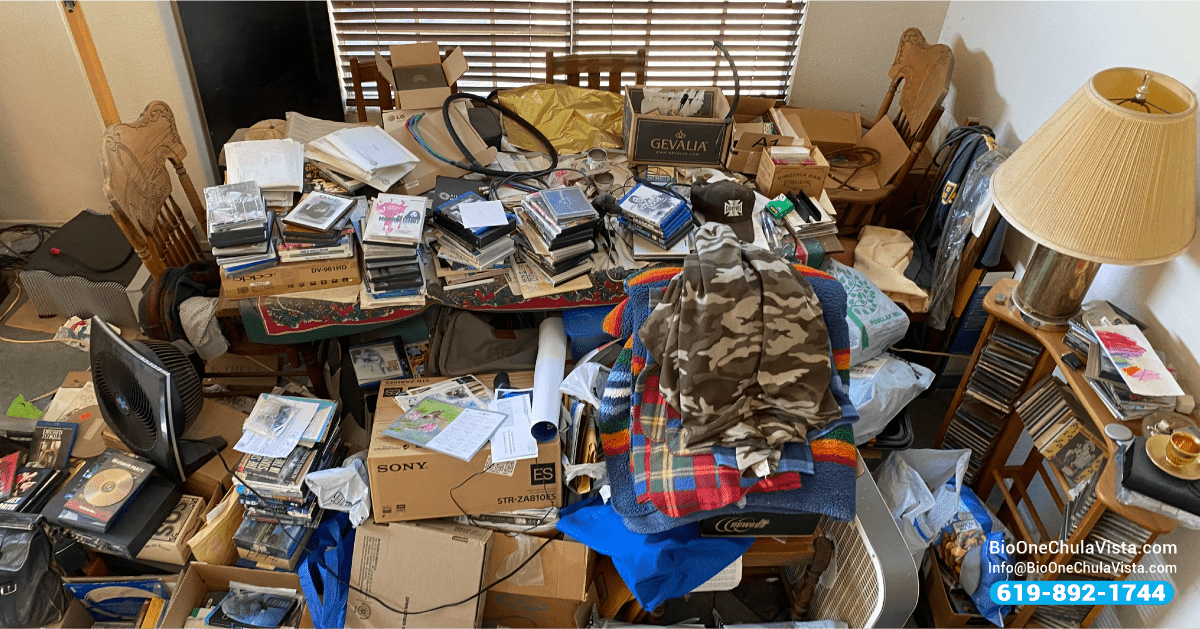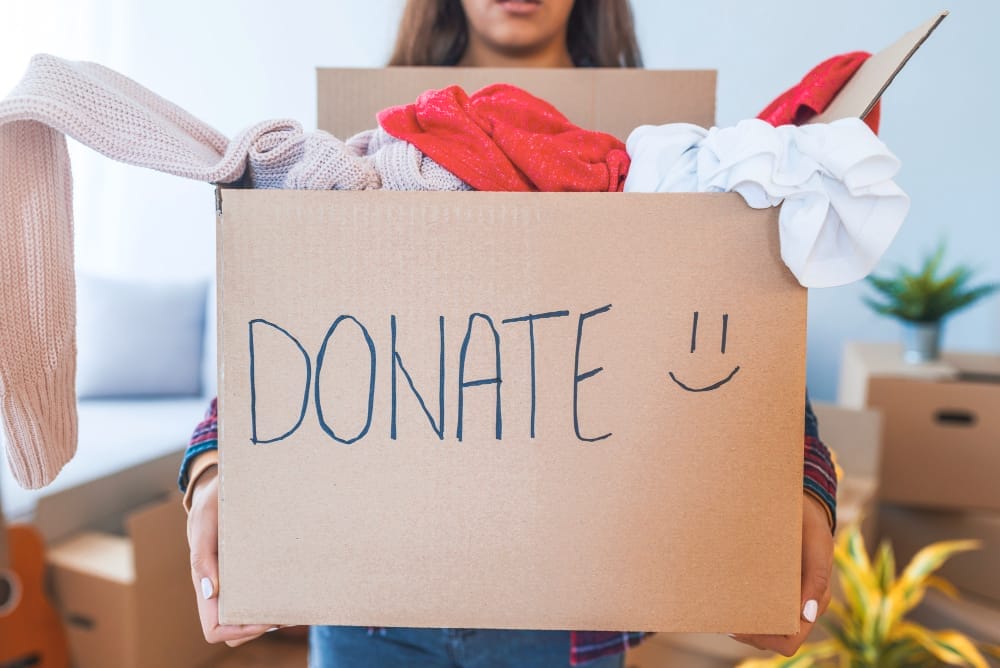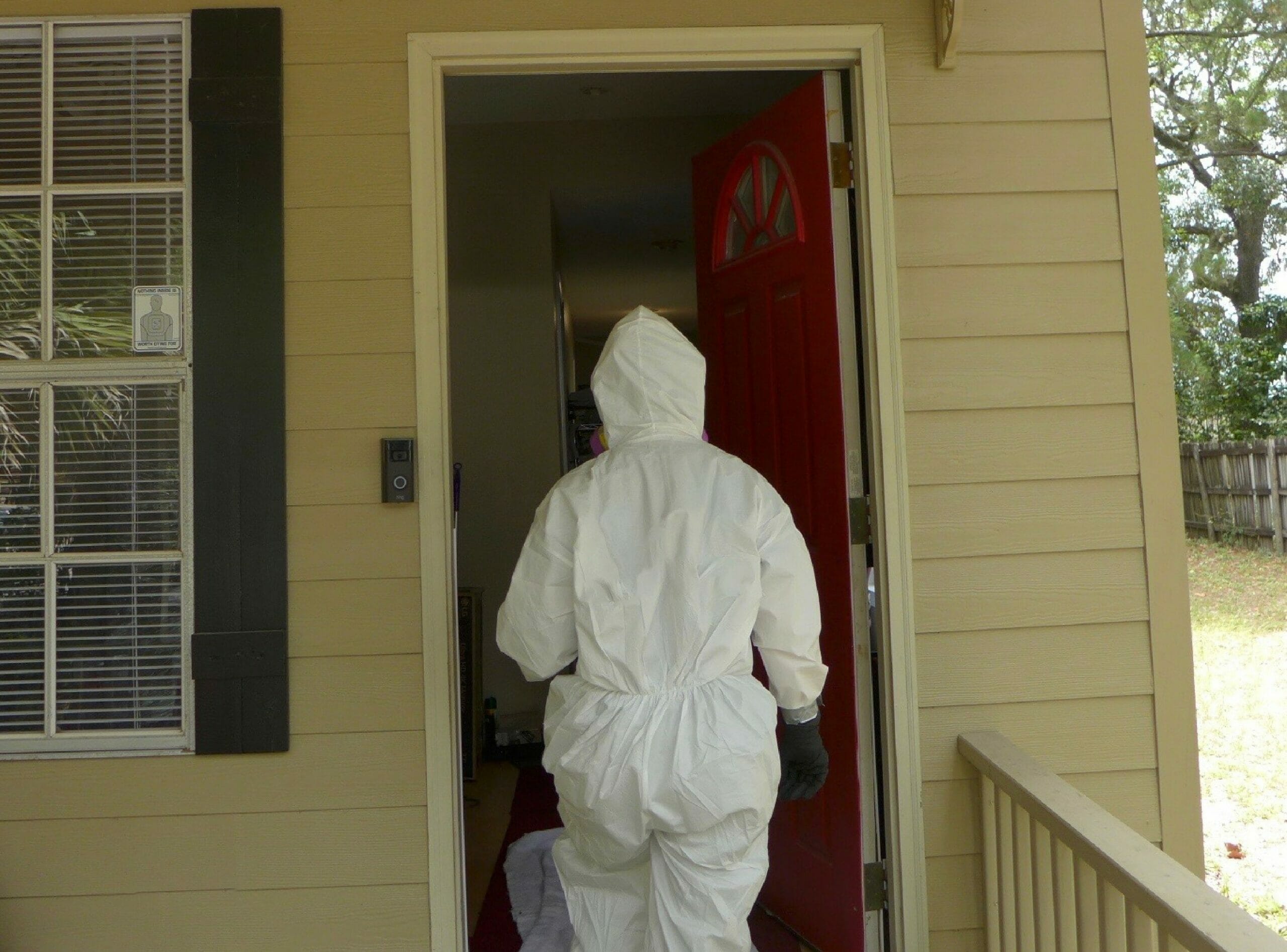
In the quiet corners of our bustling cities and picturesque suburbs, behind the veneer of normalcy, unseen stories unfold. Stories of individuals who, stricken by a seemingly unexplainable need to accumulate, find their once-comfortable spaces crammed with items most would discard. The act of hoarding goes beyond clutter and disorganization; it's a mental health concern that affects millions and often goes undiagnosed.
In this blog post, we'll unravel the enigma of hoarding, distinguish it from standard collecting behavior, and answer the common question: "Is hoarding a mental illness?" - Understanding the intricacies of this condition is the first step in providing empathy and actionable help to those who struggle and those who care for them.
The subtleties of hoarding often lead to misconceptions, with collecting and hoarding being interchanged as though they are interchangeable concepts.
Collecting is a practice that brings joy and satisfaction to many, focusing on a particular item or set of items that are carefully curated and sometimes displayed. Collectors are often proud of their collections, which may range from rare stamps to vintage guitars, and their behavior doesn't generally interfere with their daily lives.

On the other hand, hoarding is imbued with distress and compulsion, leading individuals to stockpile items that one might consider worthless, create impassable living conditions, and often isolate themselves from others due to the social stigma associated with their hoardings. It's marked by an inability to discard, significant emotional distress or a sense of unease in parting with items.
Experiences that evoke fear and loss often deeply root themselves into a person’s psyche, associating with the origins of hoarding. Confusion and frustration about what to keep can evolve into a nearly irresistible compulsion.
Hoarding often involves an emotional attachment to each item, composing a narrative of safety, comfort, or identity. These possessions become 'stand-ins' for important memories and relationships, unlike ordinary objects to a hoarder's eye.
For hoarders, cognitive distortions can heighten attachment to possessions. They may feel a strong need to not waste, believe they'll need items for an unspecified future event, or insist that they're the only capable caretakers of these items.

Every item forms a potential 'what if', effectively crippling ordinary decision-making processes. The inability to discard even the most mundane items can lead to an accumulation that feels out of control for the hoarder.
Understanding these psychological underpinnings is crucial to addressing hoarding not as a behavioral issue, but as a mental health matter deserving of professional assistance and societal support.
Traditionally categorized under Obsessive-Compulsive Disorder (OCD), hoarding has recently gained recognition as a distinct mental health condition known as Hoarding Disorder. It was classified as a separate diagnosis in the Diagnostic and Statistical Manual of Mental Disorders (DSM-5) in 2013.
People with Hoarding Disorder often exhibit symptoms of indecisiveness, perfectionism, and avoidance, which are common in OCD. The primary difference lies in the focus of attention; OCD involves intrusive, unwanted thoughts (obsessions), typically to which the individual responds with a behavior (compulsion). Hoarding is chiefly characterized by the behavior of accumulating and the distress it causes.

The stigma surrounding hoarding often results in isolation for individuals who need support the most. Media representations, while increasingly sensitive, have historically sensationalized hoarding, perpetuating myths and misunderstandings.
Understanding hoarding as a mental illness means a shift in perception and action. It's about more than cleanliness; it's about the individuals struggling beneath the weight of their possessions.

While the complexity of hoarding presents significant challenges, it's a call to action for inclusivity and empathy.
If you or someone you care for is struggling with the aftermath of hoarding, compassionate and thorough cleanup and restoration services can provide the first step towards physical and psychological recovery. Bio-One of Chula Vista specializes in hoarding cleanup, prioritizing the well-being of individuals while restoring houses and homes.
Our services extend beyond the removal of items, addressing the unique challenges of hoarded environments with empathy and professionalism. We work with a network of referrals to ensure the long-term success of our efforts.


When faced with the challenge of helping a loved one who hoards to transition to a new living environment, the task can seem more daunting than many others. Hoarding is a complex behavior rooted in various psychological factors, and its effects on the individual and their family can be significant. As we strive to approach hoarding with empathy and pragmatism, it is possible to create a supportive environment for change. Here are our expert tips to help a hoarder move and relocate safely.
Before delving into the logistics, understanding what hoarding is and the reasons behind why an individual might hoard is essential. It's not merely about accumulating clutter; hoarding is a mental health disorder characterized by persistent difficulty discarding possessions due to a perceived need to save them. This condition leads to an accumulation of possessions that can become so severe, that it obstructs the functionality of living areas of the home.
We covered it all in our blog: What are the Signs of Hoarder Behavior & How Can You Help?

Approaching a person who hoards with empathy and respect is crucial. Understand that the items they keep have deep personal significance, and it's not a situation where "cleaning up" is the solution. Engage in open, non-confrontational conversations to discuss the need for change and transition. Caregivers and family members are often perceived as a directive to help in the decluttering and relocation process.
Create a well-organized plan to address all the aspects of the move. Start by identifying the new living space, envisioning how it will be used, and setting specific goals for the move. This might include downsizing belongings, finding professional help, and arranging for any physical or mental health support services the individual may need.

The process of downsizing a hoarder's possessions can be emotionally charged. Implement strategies to help make decisions on what to keep, donate, or discard. Categorizing items by value or use can provide a system, but it's important to allow the individual to lead as much as possible in this process.
Take a look at this guiding blog post by our friends at Bio-One of Pittsburgh: How to Help a Hoarder Downsize Their Home with Compassion!
Moving is already a complex undertaking and doing so while assisting a hoarder involves additional layers of coordination. Seek out mental health professionals who specialize in hoarding disorders. Additionally, consider organizations that can offer support services and can deal with sensitive hoarding situations.
You may be interested in this article by Bio-One of Poway on Tips for Helping a Loved One Dealing With Hoarding Disorder.
Ensure all legal and financial aspects are in order. This means sorting through paperwork, paying off overdue bills, and preparing documents for the new living arrangement. Legal aid and financial advisors can help navigate complex situations and protect the hoarder's interests. Here's a checklist of the legal and financial aspects you should consider before settling on a new house:

Once the move is complete, focus on supporting the hoarder in their new environment. Help them establish routines and systems for maintaining a healthy living space. Encourage continued therapy and support groups that can help manage the underlying psychological issues.
Moving to a new house doesn't mean the end of the Hoarding Disorder, but it can be a fresh start and an opportunity for growth and positive change. With patience, compassion, and professional support, the outlook is positive!

Moving forward after helping a hoarder relocate is also about recognizing the limits of personal expertise. In some cases, professional hoarding clean-up services may be necessary to ensure the safety and functionality of the living environment. Bio-One of Chula Vista has extensive experience in hoarding cleanup in San Diego County, CA, and can offer the expertise and services needed to address the physical aspects of hoarding!